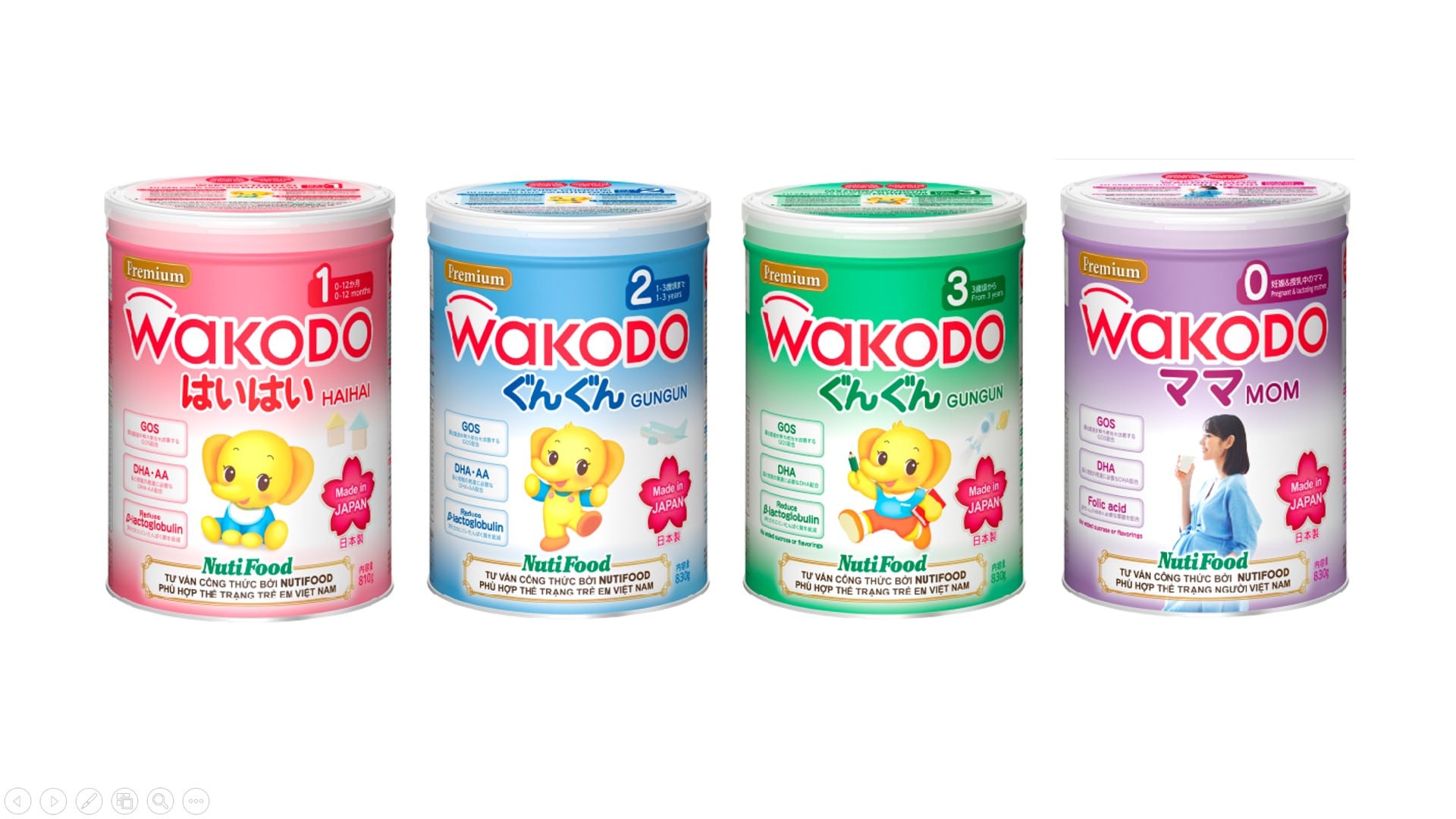Antenatal multiple micronutrient supplementation is said to improve birth outcomes more significantly than iron and folic acid in developing countries, but its effects on micronutrient status during pregnancy have not been extensively researched.
Based on this, researchers at Johns Hopkins Bloomberg School of Public Health in the US, the Johns Hopkins University JiVitA Project in Bangladesh, and Thailand's Mahidol University conducted an RCT to assess the efficacy of daily multiple micronutrient supplementation (consisting of 15 nutrients), compared with an iron and folic acid supplement, on the micronutrient status of the participants in late pregnancy.
Deficiencies and indicators
Each supplement provided approximately one RDA of nutrients, and was given as soon as pregnancy was confirmed. The researchers recruited 1,526 participants from a double-masked trial (JiVitA-3) of 44,500 pregnant women and assessed their micronutrient status indicators.
At baseline, 20.6% of the women were anaemic, 4% were deficient in iron by ferritin, 4.7% were deficient in iron by transferrin receptor, 2.5% were folate-deficient, 35.4% were vitamin B-deficient, 6.7% were vitamin A-deficient, 57.7% were vitamin E-deficient, 64% were vitamin D-deficient, 13.4% were zinc-deficient, and 2.6% were iodine-deficient.
The researchers randomly assigned 749 of them to receive daily multiple micronutrient supplementation, while the remaining 777 were given the iron and folic acid supplement; they were assessed in the 10th and 32nd weeks of their respective gestation.
At 32 weeks of gestation, they reported that vitamins A, B12 and D, as well as zinc status indicators, were between 3.7% and 13.7% higher, while ferritin, γ-tocopherol and thyroglobulin indicators were 8.7% to 16.6% lower in the group given multiple micronutrient supplementation.
In addition, the group saw a 15% to 38% lower prevalence of deficiencies in vitamins A, B12 and D, and zinc, when compared to the group that had been given the iron and folic acid supplement.
However, the researchers wrote: "Indicators typically suggested worsening status during pregnancy, even with supplementation, and baseline status or other covariates were more strongly associated with late pregnancy indicators than was multiple micronutrient supplementation."
They added that despite the benefits of multiple micronutrient supplementation, baseline status was usually the "strongest determinant of late pregnancy deficiencies", suggesting the benefits of entering pregnancy with sufficient micronutrient status.
Vitamins and minerals in taken in accordance with recommended daily allowances were typically insufficient to reverse pre-existing micronutrient deficiencies.
Furthermore, while postpartum micronutrient status might show the accrued benefits of supplementation and help to better interpret indicators in pregnancy, pregnancy status could be important for maternal, birth and infant outcomes.
Despite these factors, the variability in pregnancy-related changes to the indicators suggested that it would not be practical to apply a common approach to address micronutrient status assessment during pregnancy.
The researchers wrote that instead, "each micronutrient needs to be understood for its own metabolic pathways, impact of conditions such as gestational age and inflammation, and even unique features of a population — given, for example, the limited plasma volume expansion among these Bangladeshi women compared with others".
Conclusions on micronutrient contents
They also acknowledged that they had been unable to assess the status of all the 15 micronutrients involved in the multiple micronutrient supplementation
They had also been unable to use the most comprehensive indicators for some of them, such as plasma folate types, red blood cell folate, or methylmalonic acid for vitamin B12; however, doing so would have been significantly more expensive.
Still, the trial's randomised design, high adherence, large sample size, community-based assessments, number of assessed micronutrients, and samples collected at narrowly defined time points (including immediately after the confirmation of pregnancy) were all considered positive factors.
In conclusion, they wrote: "Poor status was most common for micronutrients other than iron and folate, providing a strong impetus for the provision of nutritional support beyond iron and folic acid.
"Rural Bangladeshi women commonly enter pregnancy deficient in micronutrients other than iron and folic acid. Supplementation with multiple micronutrients improved micronutrient status, although deficiencies persisted.
"Preconception supplementation or higher nutrient doses may be warranted to prepare women for the nutritional demands of pregnancy in undernourished populations, where micronutrient deficiencies are common, wide-ranging, and confer the risk of adverse pregnancy outcomes to women and their offspring."
Source: The Journal of Nutrition
https://doi.org/10.1093/jn/nxz046
"Antenatal Multiple Micronutrient Supplementation Compared to Iron–Folic Acid Affects Micronutrient Status but Does Not Eliminate Deficiencies in a Randomized Controlled Trial among Pregnant Women of Rural Bangladesh"
Authors: Kerry J. Schulze, et al.




